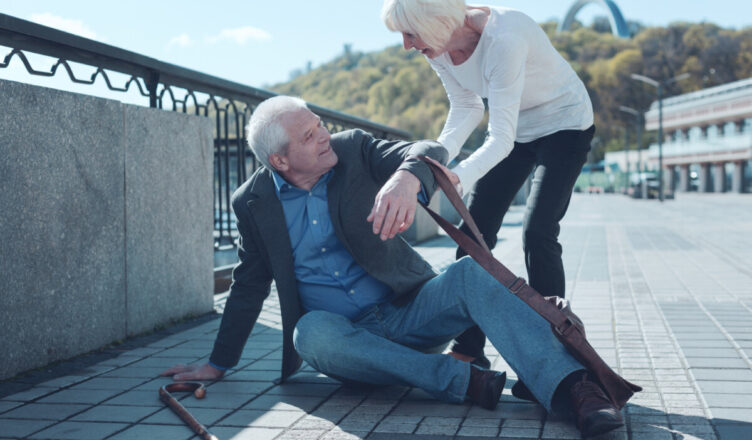Falls are recognized as the leading cause of death and injuries in elderly Americans. Approximately 35% of senior citizens fall at least once per year, and these falls result in over 2 million emergency room visits. Current research reports that falls are the most common cause of traumatic brain injuries in older adults, and they may also cause other acute injuries, including hip fractures, that can have significantly negative impacts on quality of life and on our national economy in general. The direct cost of falls in the US was around $43 billion in 2016.
Seniors who experience a fall can become more afraid of falling in the future, and this fear can diminish their quality of life and ability to properly exercise. Lessened physical activity leads to a vicious cycle in which an older person’s physical condition deteriorates, increasing risk of falling even more, and further restraining the individual’s independence and quality of life.
The elderly who have suffered injuries are at special risk for falls in the home setting. Family and caregivers should look to lower fall risk for family members and others under their care, by being aware of condition that contribute to fall conditions and actions to minimize risk.
Ear Disorders:
Ears are vital to maintaining proper balance, and proper balance is critical to decreasing the risk of falling. Senior citizens should have their hearing checked as often as their eyes.
Foot Pain:
Pain in the feet can come from any number of causes. Foot injuries that are not allowed to properly heal may affect a person’s balance in many ways. If the person’s footwear is in any way painful, consider changing it as an urgency within a Fall Prevention Plan.
Loss of Limbs:
Loss of a body extremity that does not require seated transportation may amplify the risk of a fall. In most of these situations, walking will require the use of an implement may include fall-protective netting, window fall prevention, lanyard fall protection, and other fall prevention tools.
Lower Body Weakness:
If the elderly person’s core, back, hips or legs are weak or in constant pain, this condition will have an effect on his/her balance. Symptoms of lower body weakness include a short or impaired gait, an inability to walk for extended periods of time, pain in the lower body when performing routine activities and imbalance with no provocation.
Vision Disorders:
Eye injury or visual impairment can raise a person’s risk of falling as impaired vision may misinterpret a hazard or fail to see it altogether.





